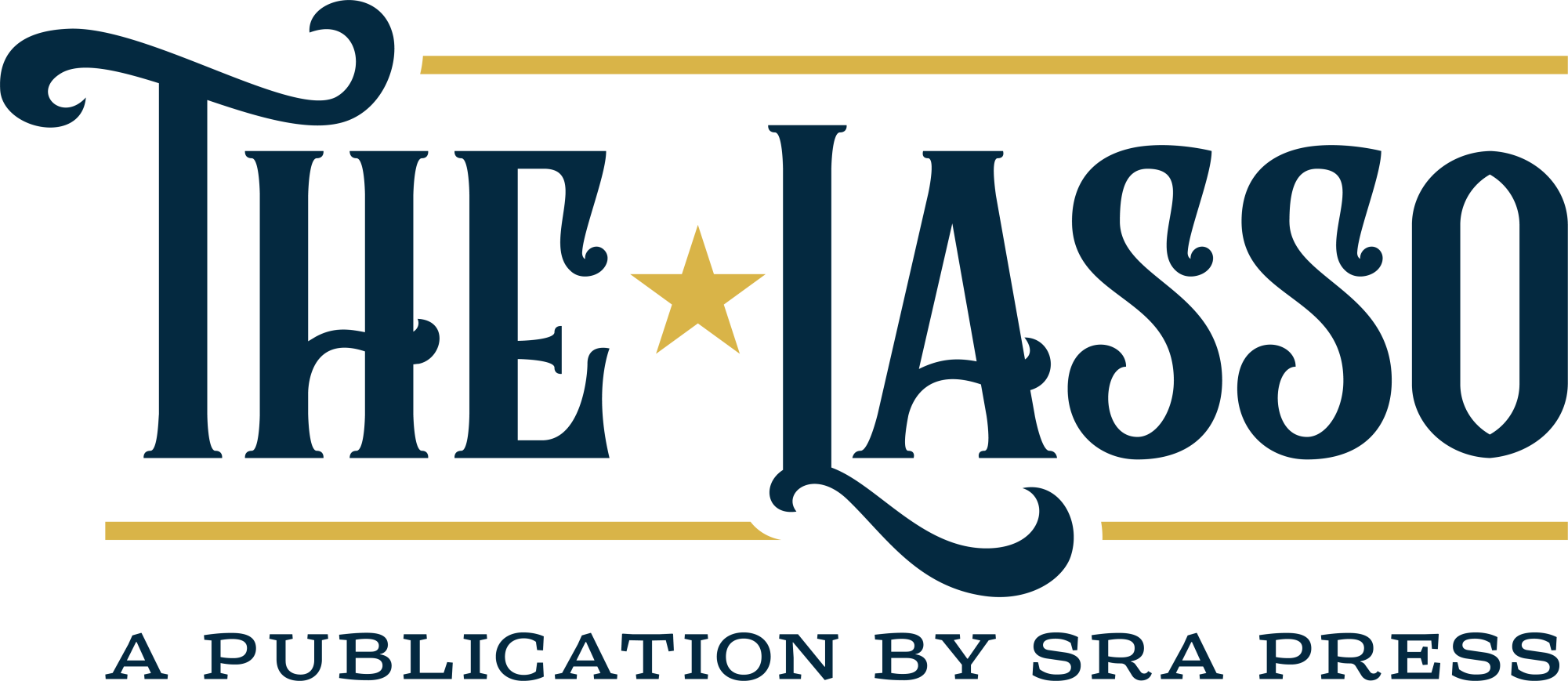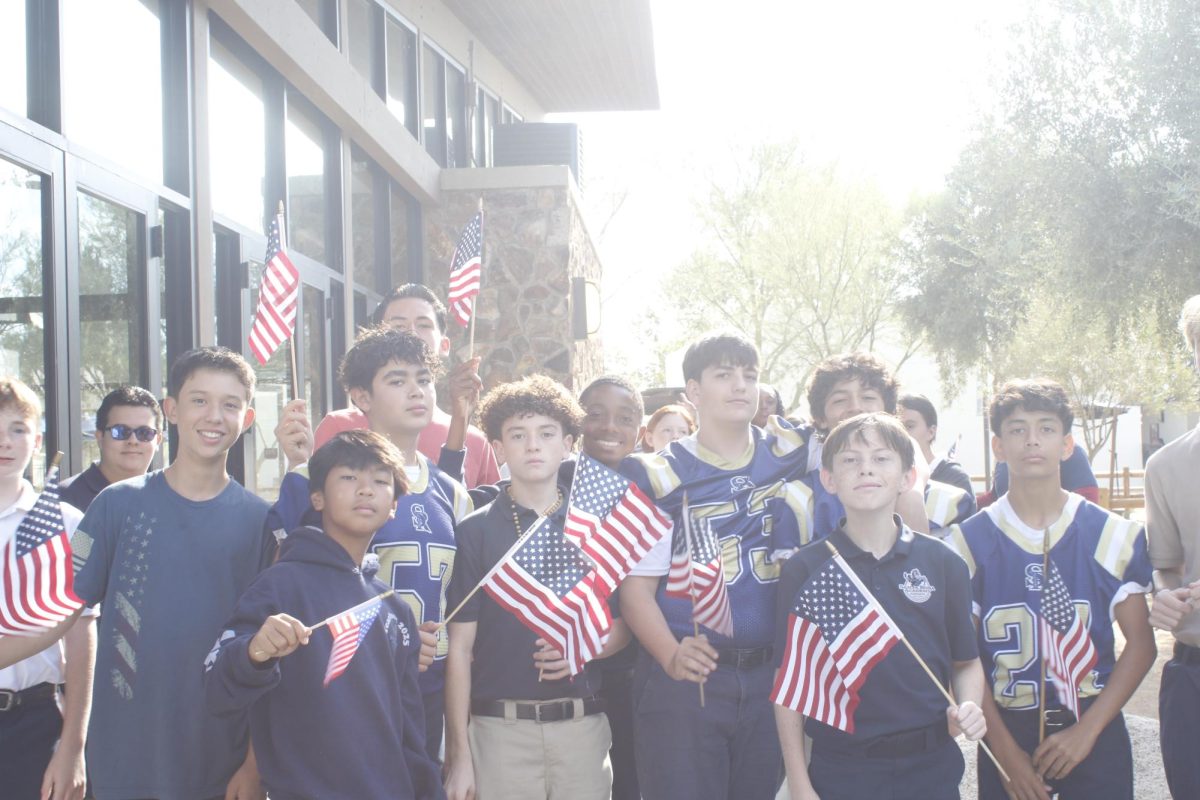Justin Tomchuck, better known as Umami on the internet, is a surrealist animator who posts his work on his YouTube channel. He created his channel back in 2017 and has been uploading short abstract animations there ever since. Among the many bizarre videos on his channel, a series of them stand out. The episodes of “Interface,” are among Tomchuck’s most viewed videos, and for good reason. “Interface” was one of Tomchucki’s most ambitious projects: a 24-episode miniseries, with each episode averaging around 5 minutes, with a completely original soundtrack to boot. What resulted was a fascinating and unique web series.

A brief exposition of the series itself, “Interface” takes place in a world that used to be like ours, but went through an unexplainable event that brought forth weird creatures and a mysterious substance known as “cerebral energy”. The story centers around a silent man named Henryk, who comes across a strange being known as Mischief, a worm-like clown who can shapeshift at will. Mischief guides Henryk through the world of “Interface”, taking him from place to place to find out what it is that haunts him, and once he finally does, he attempts to help him solve it and move past his regret. All the while, a robot tasked to hunt down beings like Mischief to revert the world to how it was follows its trail, shattering the lives of any other abnormal creatures it finds along the way. This is the driving force behind most of the story and leads to some interesting twists and turns as we explore the enigmatic world of “Interface” alongside Henryk and Mischief.
A common motif in “Interface” is the inclusion of very symbolic allusions to famous artworks. The most important art piece referenced throughout the series is “The Son of Man.” Imagery that brings to mind this piece is shown consistently throughout the series, and as Henryk’s design is heavily based on the man in the painting, it is clear this piece was always planned to be an integral symbol in the series.
The apple in front of the man’s, and by extension, Henryk’s face, symbolizes the regrets and guilt that block his view of the future. During the eleventh episode, where Mischief figures out what haunts Henryk, Mischief tells him there is a way he can redeem himself and the episode cuts to a shot that heavily resembles “The Son of Man.” This shot had been used earlier in the series, when Henryk was being questioned about his past and stayed silent, except it had the apple covering Henryk’s view, like in “The Son of Man.” This time, there is no apple. Henyrk’s view is finally unobstructed, symbolizing how he finally sees a way forward, to free himself of his guilt and continue with his life. This is just one of many examples of meaningful allusions to real-world art utilized in “Interface.”
“I think it’s really interesting how it [“Interface”] uses [allusions to] art pieces to show instead of tell things about certain characters,” said an anonymous SRA student.
On the topic of art, the series’ art style may be a bit off-putting to some, especially in its first few episodes, but that’s the beauty of “Interface.” It’s so distinctly different, with its abstract art style serving to further convey the weirdness of the bizarre and unfamiliar world Tomchuck has created. But as the series progresses, and so does Tomchuck’s mastery over his art style, one can see the improvement on full display. Episodes get longer and the art gets much better. Some seriously amazing scenes start popping up, whether it be an eerily detailed closeup of Mischief as a cruel grin slowly spreads across him, or a shot that conveys pure despair, with Henryk with his head in his hands as the red from the apocalyptic sky stains his figure, the art of “Interface” is very effective in getting across strong certain feelings, and it only gets better with each episode.
However, there’s one aspect of “Interface” that I would argue never really needed improving on. The soundtrack. From the first few episodes, it’s apparent “Interface’s” soundtrack fits the show like a glove. The first episode’s track, titled “The Year Was 1943” consists of an eerie sound playing on repeat, like metal creaking or bending. It is simple but effective. The episode is short, it introduces us to Mischief and his backstory. With Mischief’s origins and his appearance (though admittedly goofy looking in this episode) being unsettling, the eerie repeating noise sound is a great fit and the fact it sounds like metal creaking also has significance when considering Mischief’s backstory.
The third track, for the third episode, “Greetings Robotics” is a gentle but unsettling instrumental that evokes the feeling that something deeply sinister is underway, a great fit for the episode where the creator of the robot that hunts down and eradicates any abnormal creatures, good or bad, is presenting the robot as the ultimate solution to their world’s problems. After listening to it, SRA Junior, Benny Camou said “It gives off strange vibes… like someone is thinking hard about something“
The soundtrack of eerie ambiance noise and haunting instrumentals perfectly encapsulate the series’s overall tone. The somber instrumentals that build as the episode progresses, the weird noises droning in the background, all come together along with the art style and story to create the cohesively weird and one-of-a-kind package of “Interface.” Justin Tomchuck truly outdid himself with this project, especially with it being his first shot at something like this.
“Interface” concluded a little over 3 years ago, but though Tomchuck may have been done with Henryk and Mischief’s stories, he still had plans for the world of “Interface.” In 2022, after taking a small break and returning to creating shorter abstract animations, Tomchuck uploaded the first episode of “Safe Mode”, a sequel to “Interface” that takes place inside the interface (woah, that’s the previous series’s name), which is an invention of Greetings Robotics that allows people to live in the past before all the weirdness and odd creatures appeared on earth. The experience Tomchuck got from making experience has helped him in all departments. “Safe Mode’s” art is more consistently better looking, some episodes feature collaborations with other well-known creators on the internet, such as Joel Haver, and the music, as usual, is still incredibly fitting.

“Interface” is a really weird series. A series about a shape-shifting clown, a killer robot, and a very regretful blue guy stuck in the past. But it all works, it all comes together, thanks to Tomchuck’s art, music, and writing. “Interface” is a breath of fresh air, in a sea of done-to-death ideas. Its concepts, its execution, and everything is done with an originality not seen in many other media.

















